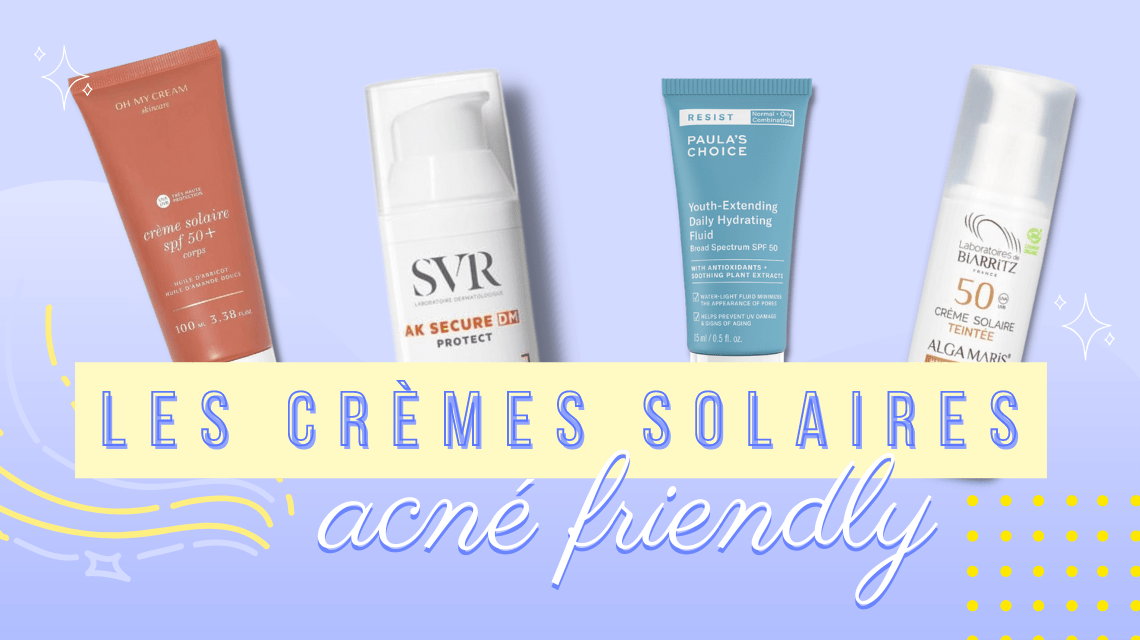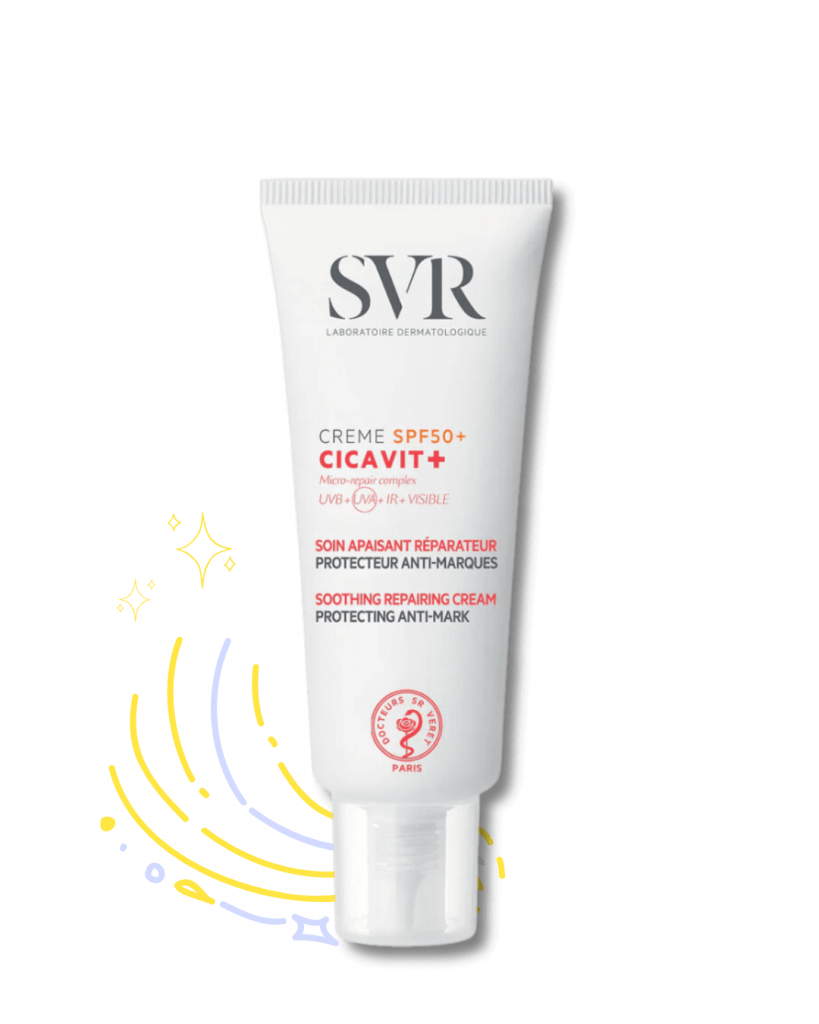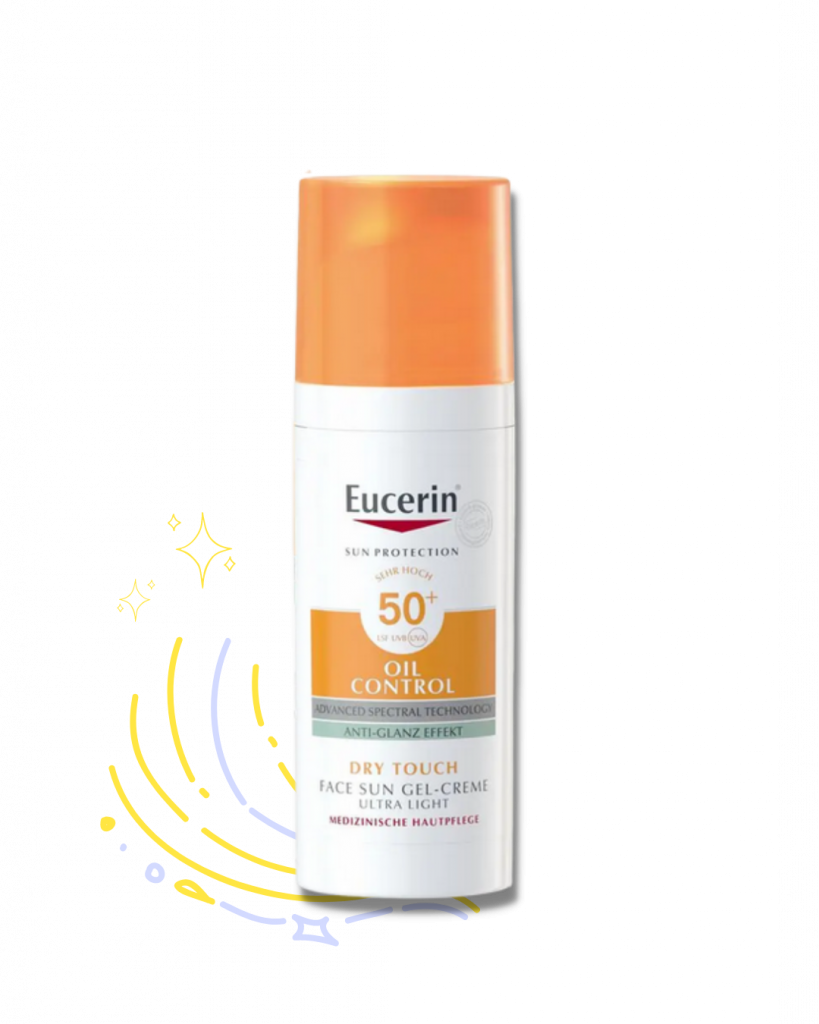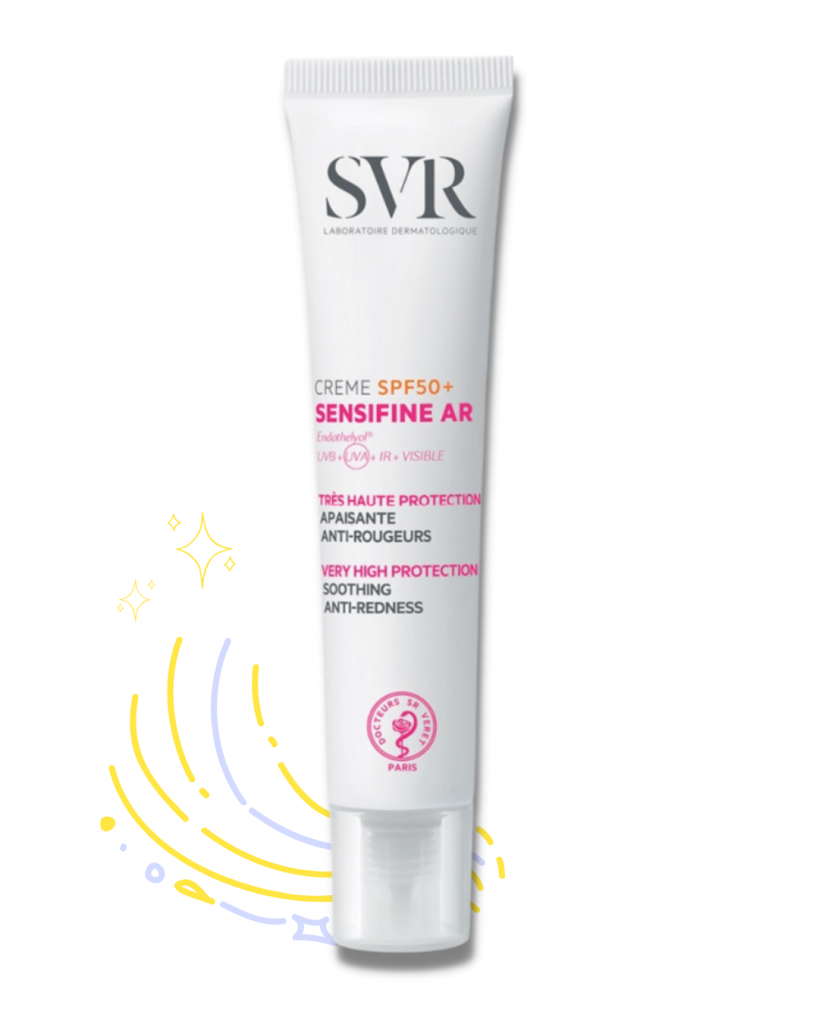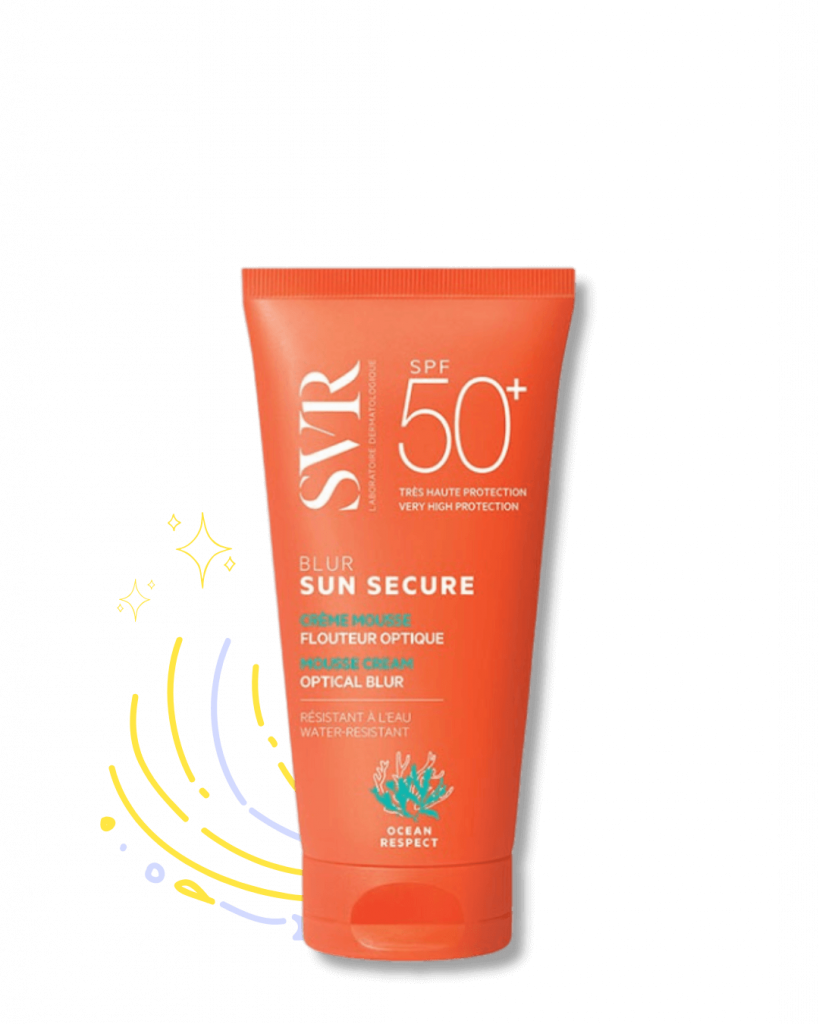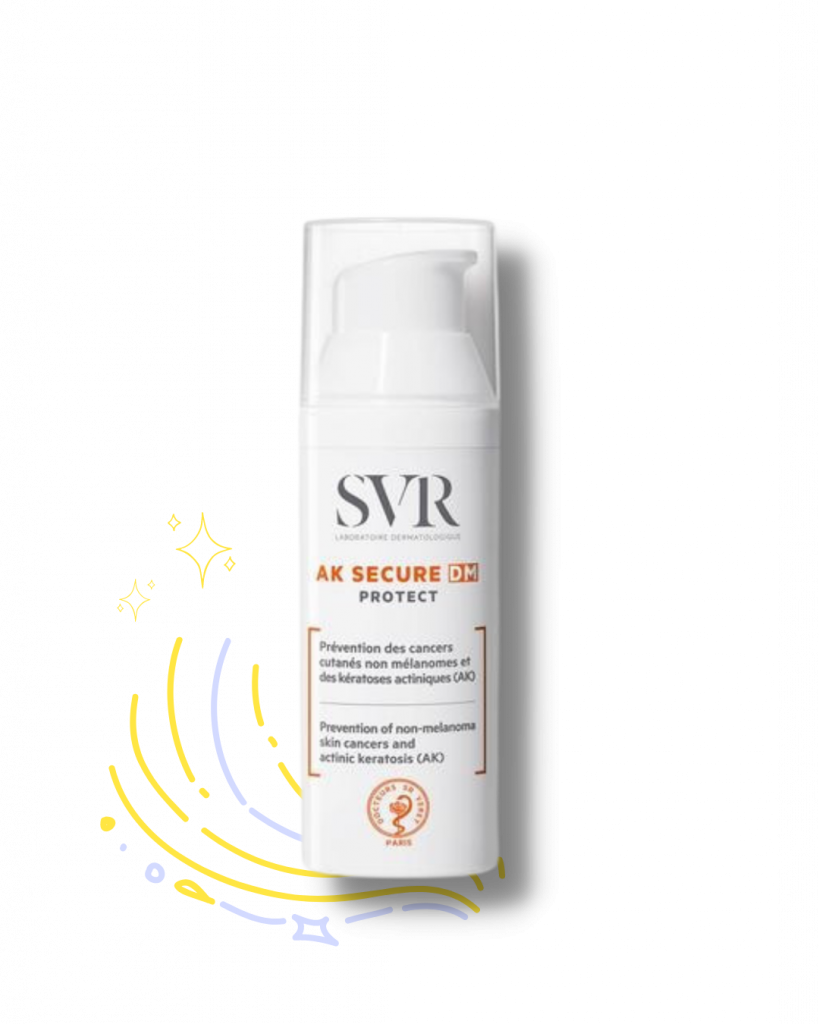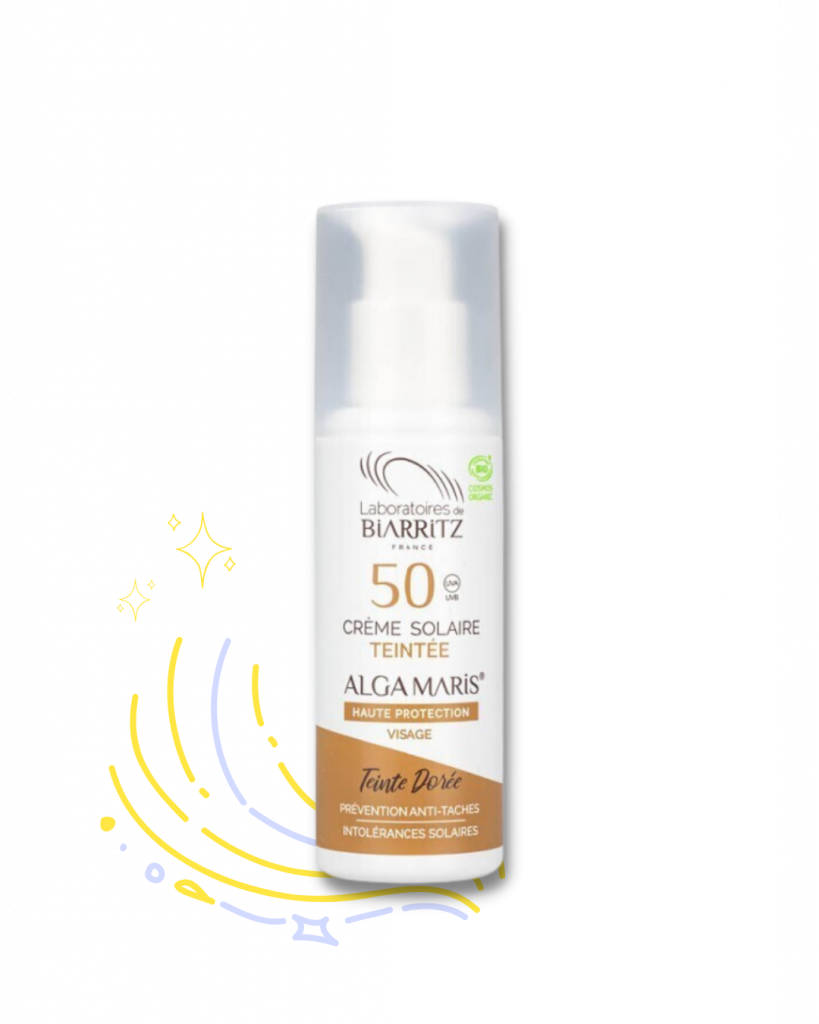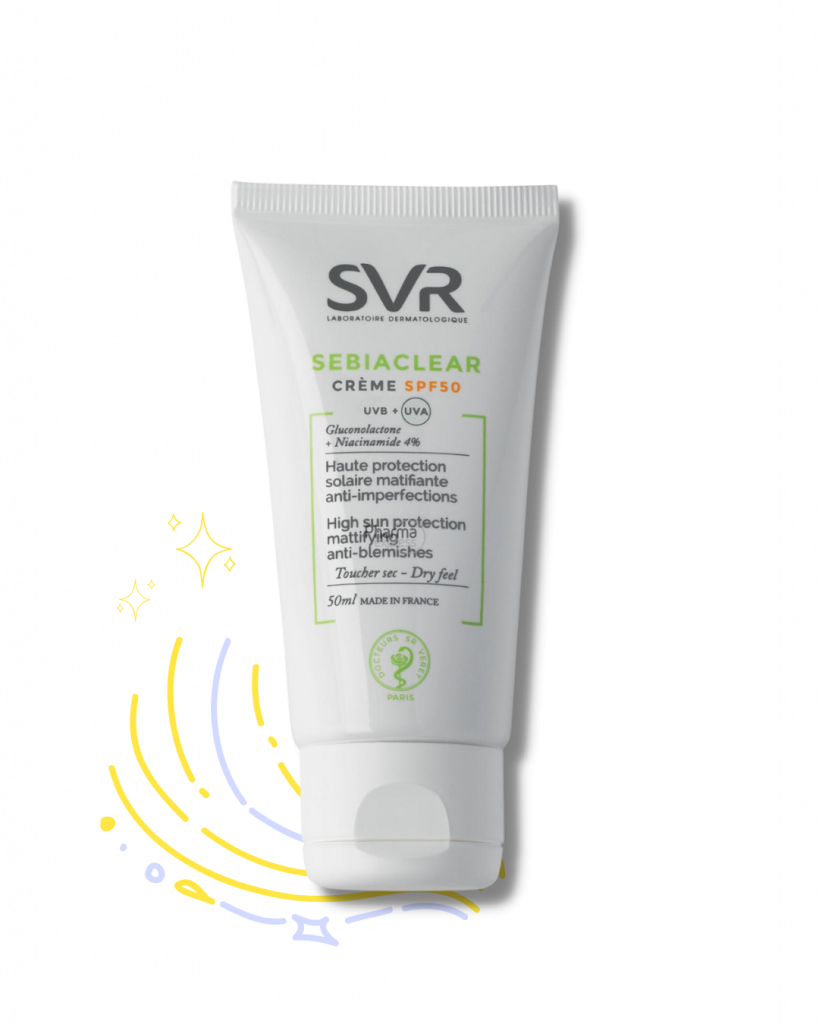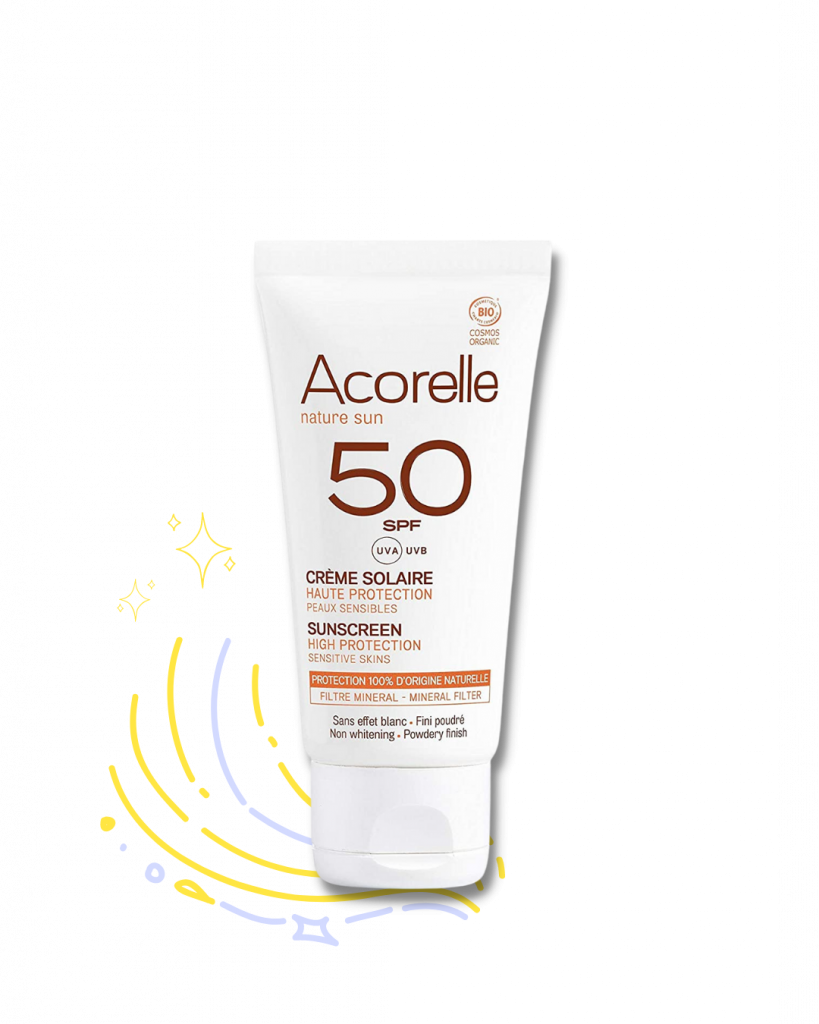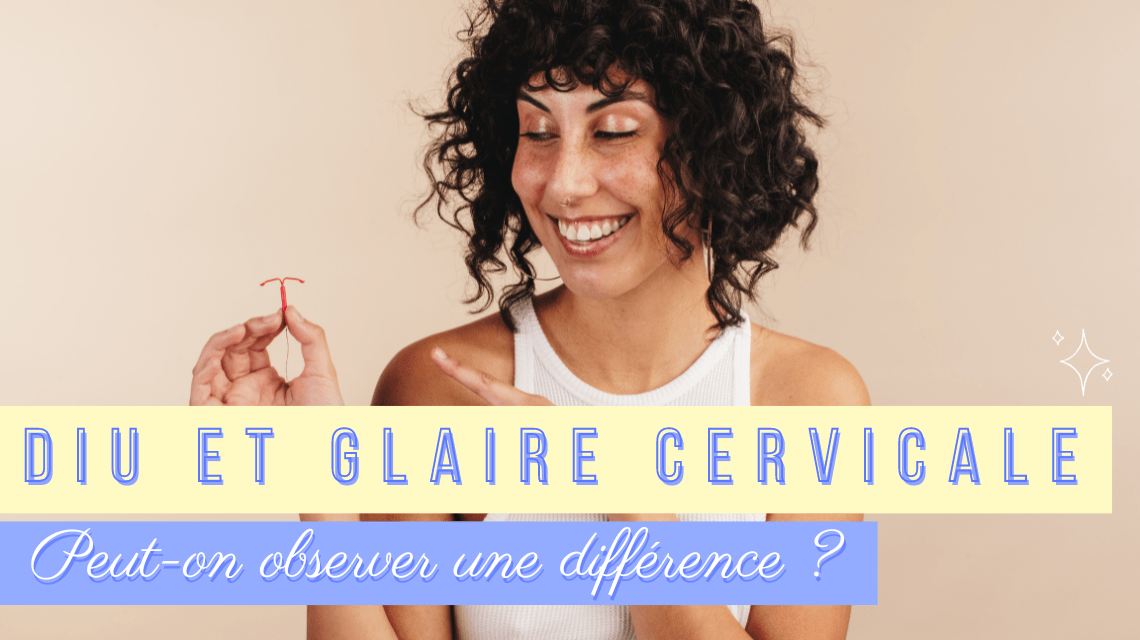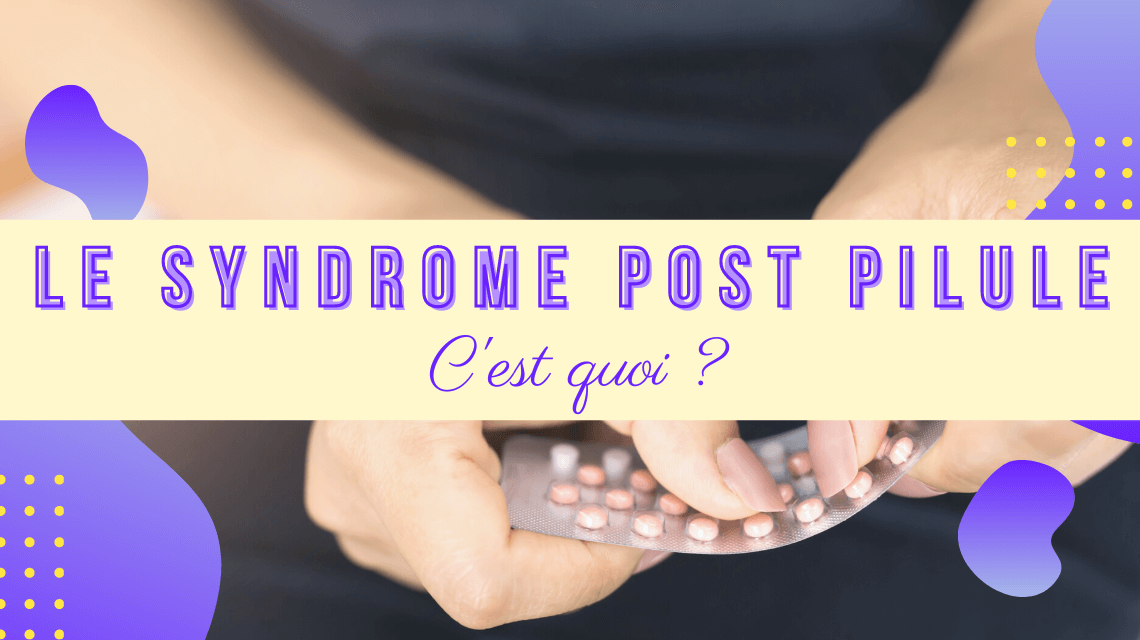Sunscreen has become an indispensable part of our skincare routine. Especially when you apply active ingredients to your pimples, some of which are photosensitive. Beyond that, we know the damage that sun exposure can cause. If you have pimples, this can accentuate them, but especially acne scarring.
So if, like us, you're looking for the anti-blemish sun cream that's right for you this summer, you've come to the right place. Let's take a look at the sun creams to try out especially for skin with pimples or acne-prone skin.
What sun cream should you choose for acne-prone skin?
If you have pimple-prone skin, you've probably heard that sunscreen causes pimples. In reality, this is not entirely true. Sunscreen is an occlusive product, meaning that its purpose is to block your pores. We've got, we've just scared you but wait for the next part.
It is this occlusive active ingredient that enables it to protect us from the sun's UV rays. For our part, we were also very worried about getting more pimples with the sun cream. I (Florette) have a tendency to blackheads, and occlusive products are radical for me. But I assure you: sunscreen doesn't cause more pimples!
And let's face it: not protecting your skin could make the situation even worse! To protect itself from the sun, the skin naturally thickens, leading to excess sebum and pimples.
So how do you find your way around? Today, there are anti-acne sun creams with beautiful textures that are pleasant to wear in hot weather. For us, sunscreen has become an essential part of our routine. We test them regularly and give you our opinion here, as we go along.
The different types of sun protection
Now that we've seen that the key to avoiding pimples is cleansing, let's take a look at the different types of sun creams. There are two main types of sun protection:
- Mineral filter protection
- Chemical filter protection
Mineral filter protection, also known as "natural" protection
The idea of these sun creams is to create a film on your skin that will reflect UV rays. They act like a mirror, reflecting UV rays. In fact, most of these protections remain on the surface (except those using nanoparticles). They form a protective barrier and are considered the most effective form of protection.
On the other hand, they often have a white effect. This is why tinted creams are now available (more on this later). Laboratories are also developing a blend between the two protections to limit the white effect. These creams are suitable for all skin types. As far as ingredients are concerned, only Zinc oxide and Titanium dioxide are authorized in organic farming.
Chemical filter protection
Chemical filter protection is active 20 to 30 minutes after application. They penetrate the epidermis and have no white effect. Generally speaking, they are more pleasant on the skin (they penetrate easily and are pleasant to the touch). In any case, they are lighter on the skin, but allergy risks are more common, particularly with octocrylene and benzophenone. But today, many brands formulate without these filters to be better tolerated by a larger number of people.
How do I apply them?
In case of direct UV exposure, don't hesitate to apply sunscreen every two hours, in addition to a hat. So as to be fully protected.
The amount of sunscreen to apply is usually the equivalent ofone teaspoon for the whole face. Yes, it's huge, but it's only this quantity that allows us to reach the indicated protection factor (e.g. factor 50). It can also represent the equivalent of 2 fingers covered in cream (the index and middle fingers). Well... Let's be honest, start with the amount you feel comfortable with and increase over time. The first applications of sunscreen can be confusing. And as we'll see shortly, sometimes you have to test several before you know which ones are best for you.

How to choose your anti-acne sun cream?
Protection index
The protection index is measured in units of degrees. The higher the index, the better the protection against UV rays. Creams with a protection factor of 15 to 50 are generally available. We strongly advise you to opt for SPF 50+ UVA and UVB protection (with the UVA sign surrounded by a circle), especially in summer. Remember to check that UVA and UVB protection is included. All you need to do is read the product's composition.
The ingredients
If you've been following us for any length of time, you'll know that the ingredients list is only used to determine whether the product is effective and whether the marketing promises make sense.
Some sunscreens may not be suitable for you (they can sometimes cause slight irritation and redness, depending on your skin's tolerance). This applies to both chemical and mineral sunscreens. So, if you feel discomfort after using a sun cream, it's possible that you're reacting badly to one of the ingredients. Pay attention to this to detect which filter you should avoid.
The specificity of sun creams
Some can have an anti-aging (anti-wrinkle, anti-spot), moisturizing or even "anti-acne" action. Depending on your needs, you can choose your cream with complementary active ingredients.
Our opinion on different sun creams for oily and dry skin
Now we've got to the part of the article you're most looking forward to: what sun creams can I use ? We've tested several, and we're still testing. So here you'll find a list of sunscreens we've tested, and a list of sunscreens we'll be testing next. Once the test has been carried out, we'll add our opinion.
To know: Maëlle has dry skin with a tendency to dehydration, and her skin is prone to inflammatory pimples. I have oily skin, with a strong tendency to blackheads and non-inflammatory pimples. Two radically different skins, which is why our two opinions are interesting to consider according to your skin type.
Our favorites: Sunscreens we buy back
✅ Crème SVR Cicavit SPF 50+ range
Maëlle: It's the sun cream that dethroned SVR's Sensifine range. I've been using it for over 6 months now and it's been particularly perfect during the winter because it's rich. The finish is shiny and glossy, but as my skin tends to be dry and dehydrated, this finish doesn't bother me and I powder over it (PS: the oily side doesn't accentuate acne, this cream is non-comedogenic). However, if you don't like the greasy look, forget it! It remains to be seen whether my skin will tolerate it in warmer weather, a matter to be followed... But otherwise it's a good 4/5. (I can wear make-up over it, and it doesn't fluff).
Rating: 4/5
-15% off with code MAVIEAPRES15 on the entire SVR site
✅ Eucerin, Oil control SPF 50+ Dry Touch
Florette: For my combination skin, it's incredible! Very light to wear, no heavy effects, it's my daily sun cream. If you have oily skin, you need to try sunscreen as soon as possible!
Rating: 5/5
The sun creams we tested
✅ SVR Sensifine Cream SPF 50+ range
Maëlle: this is my current favorite cream, the one I wear every day. For me, who has sensitive skin with a tendency to dehydration, it suits me just fine! It provides a pretty good protective layer for the day, and I'm very happy with it! I've already bought 2 tubes (quite an achievement) 🙂
My rating: 4.5/5
-15% off with code MAVIEAPRES15 on the entire SVR site
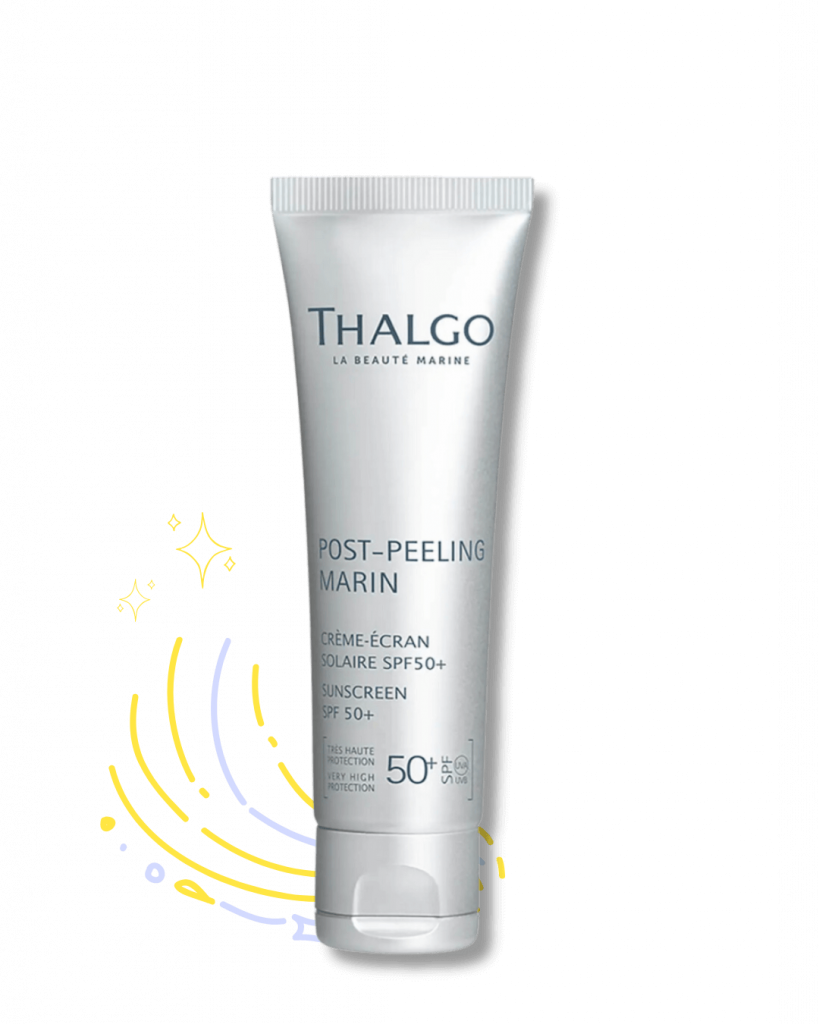
✅ Thalgo Post-Peeling Marine Cream SPF 50+
Florette : I tested this sun cream this winter. I couldn't find the Eucerin cream in any parapharmacies and found this one by chance in my beautician's shop. I really liked it. It's quite thick on application when I compare it with the Eucerin product. But there's no greasy effect, it melts/penetrates quickly into the skin. It leaves a shiny finish on the skin but I don't find it bothersome. So I really liked this sun cream.
I'd recommend it for winter. As far as I'm concerned, the only negative point is the price: around €30.
My rating: 4/5
✅ Cream SVR Sun Secure BLUR SPF 50+ range
Maëlle: FINALLY! This "Blur" cream (= pore-blurring effect) from SVR has been highly acclaimed for some time now for its texture, non-greasy finish and blurring properties, BUT... until now it has been a sun cream with fragrance, and I don't wear anything on my face that contains fragrance. (sensitizing potential). And that's it, this year (2023) they've released the fragrance-free version 😍 So I tried it out and I'm pretty pleased with it! It's not greasy, and the finish is pleasant, making it an excellent make-up base thanks to its pore-blurring properties. I always use a little moisturizer underneath, though. And it makes my face less greasy than with my other favorite sun creams 🙂.
My rating: 4.5/5
Florette: Florette didn't like it at all because of the effect it left on the skin, as if something remained on the skin in terms of feel and touch. Imagine a "peach-skin" feel, that's the effect it leaves on the skin, you may not like it.
My rating: 2.5/5
-15% off with code MAVIEAPRES15 on the entire SVR site
✅ SVR AK Sécure
Florette: When I'm at home, or in summer when I want ++ sun protection without the heavy effect of the previous cream, this is the one I choose. I find it really pleasant on the skin, rather light. On the other hand, as the hours go by, I shine a lot.
Rating: 4/5
Maëlle: A very good sun cream, the finish is perfect, not greasy, you can wear make-up over it. And it's easy to apply the right amount. The only downside is that I think I get a bit irritated if I wear it for several days in a row (but I'll have to test it again).
Rating: 3/5
-15% off with code MAVIEAPRES15 on the entire SVR site
🤷 LABORATOIRES DE BIARRITZ Tinted sun cream SPF 50
Florette: I use this sun cream every day I want to wear make-up. I find it particularly suited to winter. Unfortunately, the effect on the skin in summer, when it's very hot and/or you're sweating, is heavy and not very pleasant. We can't wait to get home and wash our faces. So, I love it for the protection, but as soon as it gets really hot, it's heavy on the skin.
Rating: 3.5/5
Maëlle: Of all the different creams I've tested, this is the one with the most effective protection and the longest lasting. On the other hand, I hate its sensoriality. Sand effect when applied to the skin (from my point of view) due to the mineral filters. And it stains clothes because it doesn't penetrate the skin at all. So when you put on the right amount for optimum protection, it's best to pay attention to your clothes. I'd still give it 4/5 because for long sun exposure, I think it's my best, despite the negative points.
Rating: 4/5
❌ SVR Sébiaclear (acne range)
Florette: It's one of the first I've tried. Unfortunately, my test was inconclusive. It irritated me and stung my eyes. I had to stop using it.
Rating: 1/5
The cream no longer exists. They reworded it.
❌ Acorelle cream, non-tinted index 50
Maëlle: an unmitigated disaster. Guaranteed white effect, very complicated application, in short I've never used it more than 2 times I think.
Rating: 1/5
On the other hand, there's a tinted version that I've never tried.
The sun creams we are currently testing
- Beauty of joseon sun cream: Florette is currently testing it. Positive opinion so far.
- Skin And Out sun cream: We'll be testing it in September. It has SPF 30, which is not enough for us in summer.
We'll be updating this article regularly. Don't hesitate to suggest other creams for us to try.
The risks of the sun for acne-prone skin
The skin plays a very important role in protecting our body's cells from external damage. It is our most effective defense mechanism against ultraviolet rays. The skin is also an external organ that transmits sensations to nerve cells and the brain, and eliminates body waste via the sebaceous glands.
The sun, for its part, is the major culprit in the creation of skin problems: burns, skin diseases, allergic reactions, pigmentation spots and even skin cancer. It is the main cause of skin aging. Indeed, nothing to write home about. That's why in this article we talk about using products that will protect you from UV rays.
A quick reminder:
- UVA: ageing / wrinkles / genetic alteration / skin cancer
- UVB: burning / tanning / brown spots / cancer risk
Together, these UV rays mark scars and attack the skin.
A few anti-acne tips when wearing sunscreen
Our first tip: double-clean
When we have pimple-prone skin, we're often afraid that sunscreen will cause new outbreaks. Remember that every skin is different and will not react in the same way. However, to prevent pimples from forming in the first place, here's our best advice: double-cleanse your skin. In other words, use a cleansing oil first to remove impurities + then a gentle cleanser to remove any residue. This cleanses the skin thoroughly but gently.
How do pimples form on your skin?
You're probably wondering why we're talking to you about cleaning in an article on sun creams. Simply because this tip will give you a solution to your fear of pimples. To better understand, let's take a look at how a button is formed.
Your skin is made up of sebaceous glands, which produce sebum. When there is a disturbance, an overproduction of sebum can occur. On top of that, you have make-up, creams, perspiration, dead cells and sebum on your skin. This happy mixture can create a clog on your sebaceous glands. So, on the one hand, you have increased sebum production and, on the other, a clog that prevents sebum from naturally evacuating. Sebum is essential to your skin's health, protecting it from external aggressors and nourishing it.
It's when sebum has difficulty evacuating that a pimple can appear. In fact, the bacteria you naturally have on your skin (known as the microbiome) will end up thriving on this overproduction of sebum. Your white blood cells will come and fight these overproduced bacteria, and that's when inflammatory spots appear.
It's a nice chain reaction. And to avoid this, the key is to cleanse your skin thoroughly.

Why use double cleaning?
Especially if you're wearing make-up or sunscreen, double-cleaning is essential! Cleansing the skin alone is not enough to remove the residues accumulated during the day. As I said, in your pores you have a lovely mixture of make-up, sunscreen, pollution, dead skin and sebum: the perfect recipe for a pretty pimple. Some of these elements need a greasy substance to be removed, while others will need cleaner and water to leave. Hence the importance of double cleaning.
What is double cleaning?
Double cleaning is a two-stage process:
- Cleansing with a greasy substance
- Cleansing with a mild aqueous cleanser suited to your skin
It's best done in the evening, to remove any residue from your skin before going to bed. The aim is to avoid leaving traces of make-up on your skin, and other elements that are deposited on the skin throughout the day, including sunscreen, which must be properly removed.
The technique is simple:
- You massage your dry face with a greasy substance: this can be an oily make-up remover or simply an oil (like jojoba oil, for example) or with make-up remover oils that emulsify directly with water;
- With a damp cotton pad, quickly wipe off any excess (except with makeup-removing oils, where the excess is rinsed off your skin, thanks to the emulsion);
- Moisten your face and apply your gentle cleanser, massaging it in gently;
- Rinse and dry;
- You apply your skincare routine.
My final tip: Never skip the moisturizing step
Florette : When I first started using sun creams on my face, I had the feeling that they dried out my skin. In any case, I didn't like the texture. Today, I always use a hyaluronic acid-based moisturizing serum underneath my cream.
Another tip if, like me, you have oily skin. My routine is made up of AHA actives, which are chemical exfoliants that help me a lot to limit pimple production, but also to treat them when they are there.
And you, tell us which sun cream you prefer and why?
Sources and further information

